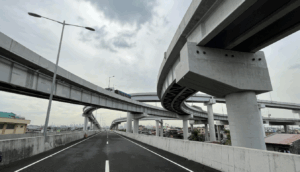
The Philippine Department of Agriculture (DA) is setting a new course in its approach to rice production, aiming for a significant yet not absolute level of self-sufficiency. Assistant Secretary Arnel de Mesa clarified at a recent forum in Manila that the goal is not to achieve 100% self-sufficiency in rice but to ensure productivity is maximized to meet the country’s needs more effectively.
With current rice sufficiency levels hovering between 86% and 88%, the DA’s target is to reach 95% to 97% self-sufficiency by the end of President Ferdinand Marcos Jr.’s term. This strategic pivot underscores a broader vision of bolstering agricultural efficiency and productivity, rather than striving for complete self-reliance which may not be feasible or economically viable given various challenges.
Key to this approach is enhancing the area devoted to rice cultivation, boosting overall production, and refining logistics and distribution networks to address persisting bottlenecks. De Mesa highlighted these objectives as critical to overcoming the obstacles that have traditionally hindered the Philippine rice sector’s growth and efficiency.
Amid these efforts, the Philippines acknowledges the necessity of rice importation to ensure a steady and sufficient supply for its population. Importation serves not only to bridge the gap between local production and consumption needs but also to honor international trade commitments. Notably, a Memorandum of Understanding on Rice Trade Cooperation was signed with Vietnam earlier this year, securing a five-year agreement for the supply of white rice to the Philippines at competitive prices.
The administration’s Masagana Rice Industry Development Program (MRIDP) plays a central role in these endeavors. Launched by President Marcos, the MRIDP employs a multi-faceted strategy focusing on climate change adaptation, farm clustering, a value chain approach, and digital transformation to elevate rice sufficiency levels. A crucial aspect of this program is fostering collaboration among stakeholders in the rice industry to share resources, knowledge, and efforts towards achieving sustainable production and improving farmers’ livelihoods.
This nuanced shift towards enhancing productivity and logistical efficiency, while maintaining a degree of importation for balance, reflects a pragmatic and adaptive strategy in securing the Philippines’ rice supply in the face of global and local challenges.





















Comments are closed for this article!